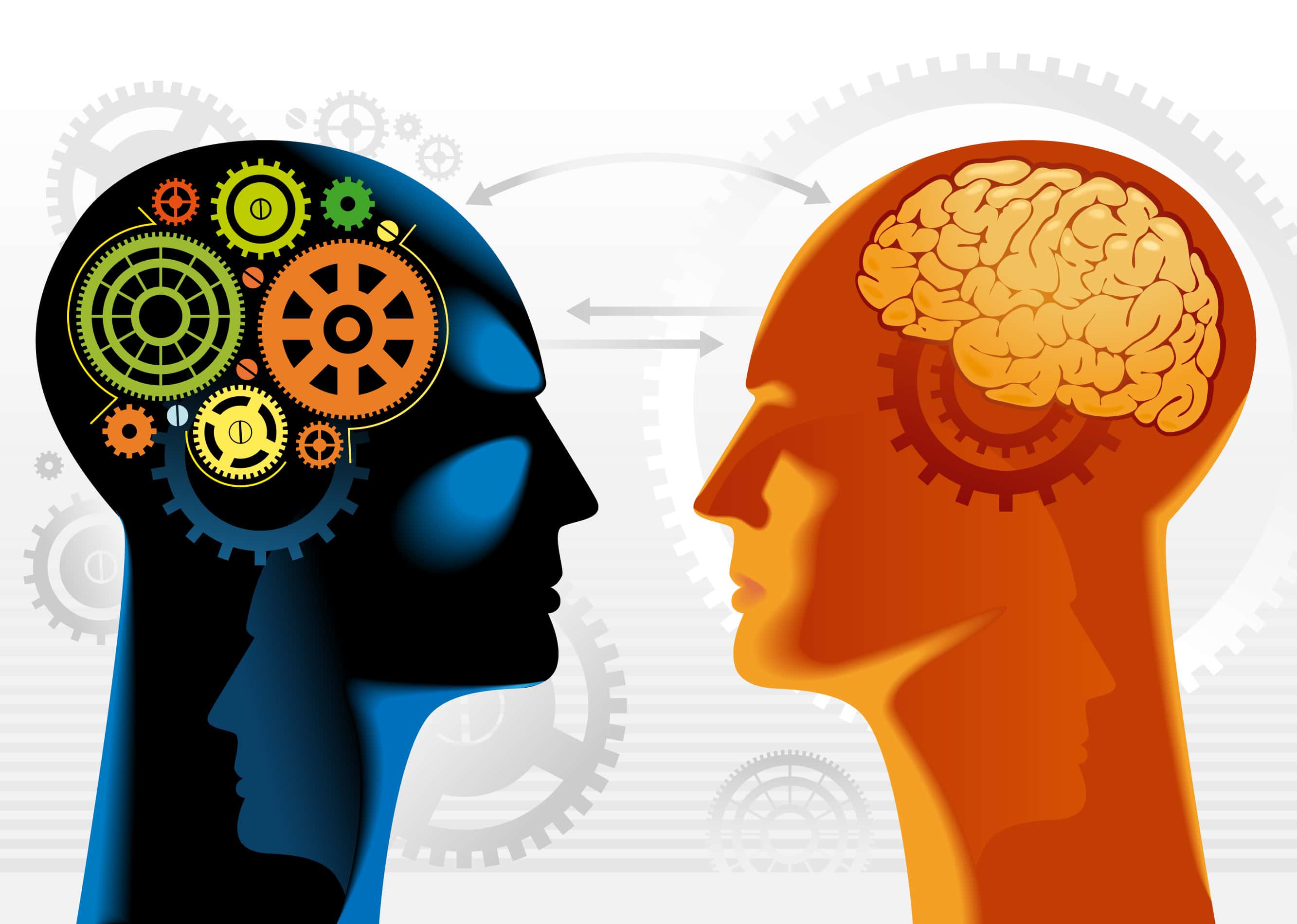
One of Visual Sweden’s largest projects, Platform for Augmented Intelligence (PAI), has been going on for just over 2 years and now it’s time for the next step. The project is now looking for organizations or companies that would like to engage in a co-design process and explore alternative ways of supporting visualizations through touch-sensitive, mobile robots.
We spoke with one of the project leaders, Ahmet Börütecene, to see what is happening within the project but also where it stands today.
PAI, Platform for Augmented Intelligence. Sounds interesting but also quite complex. Can you give us a short explanation about this project?
– Of course! PAI explores how artificial intelligence (AI) – which roughly means computers that more or less think, act and learn on their own – can work together with humans as partners in an effective and beneficial way to improve the quality of life. The platform brings researchers with different backgrounds that focus on developing new technologies and design concepts for enabling such purposeful and valuable collaborations. In other words, enabling joint performances between humans and autonomous systems that would lead to augmented intelligence.
What exactly is Augmented Intelligence?
– One of the challenges the world faces today is to understand how to put all the data we produce everyday to good use. It is beyond human capabilities to read these large volumes of data and make something useful out of them. Computers are much faster than us in processing data, identifying patterns, displaying and executing decisions with excellent precision. However, the computers might not always be able to give appropriate responses in complex decision-making situations. As humans, instead, we are not only good at reasoning and judgement, but also equipped with emotions, intuition, and bodily understanding which enable us to get a much better grasp of complex situations than an AI would do. Here emerges an opportunity for team work that combines different skills and capabilities. So, why not take the best of both worlds? The human and the AI should perform together like partners to augment each other’s intelligence and improve the quality of life. Hence, the Platform for Augmented Intelligence.
The PAI project started a couple of years ago, where do we stand as of today?
– So far the projects with external partners in PAI generated knowledge, insights, and demos in different areas. The project on human-automation collaboration in control rooms for autonomous baggage handling systems –conducted in collaboration with Toyota Material Handling in Mjölby– resulted in a prototype that demonstrated advantages of combining unique skills of the human and the AI in an industrial domain. Another project explored innovative uses of augmented reality in remote assistance cases –together with Siemens and XMReality– and generated two design concepts that provided useful insights for enhancing current remote assistance experiences as well as gave concrete directions for future ones based on telepresence robots. Still another project –conducted together with Barnhjärtcentrum at Skånes Universitetssjukhus– used light field imaging to capture complex heart surgeries and generated advanced algorithms, which laid the ground for a database of annotated, high-quality light field videos enabling the production of training materials for surgeons and development of relevant machine learning solutions.
And now you’re searching for future partners – tell us more!
– Yes, we are looking for organizations or companies that would like to engage in a co-design process and explore alternative ways of supporting visualizations through touch-sensitive, mobile robots. Imagine, if we do not only see what is happening on a screen, but also “feel” the data as the robot guides our hand on different visual surfaces. We are curious to see how this tactile interaction would influence our work with intelligent systems in decision making, education, conflict resolution, remote communication and so on.
Except from future partners, what’s the next step for PAI?
– We move forward with exploring the future of human-automation collaboration and identify opportunities that new technologies such as drones, autonomous robots, augmented and virtual environments offer, working closely with passionate external partners in the region. We are keen to create meaningful and effective algorithms, interactions, visualizations, sensors and all kinds of technical and design components that would realise our dreams.
About Ahmet Börütecene
Ahmet is an assistant professor in the division of Media and Information Technology at Linköping University. He works in the field of interaction design and visualization. His current research in PAI focuses on bringing visualization and touch-sensitive robots together to open up new ways for humans to interact with autonomous systems.
Contact:

